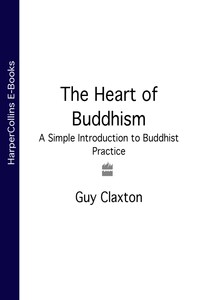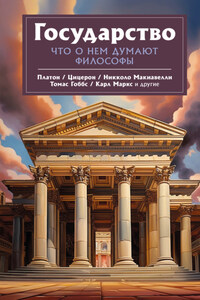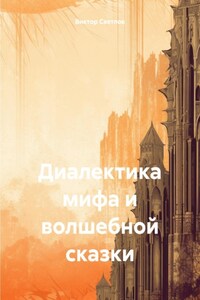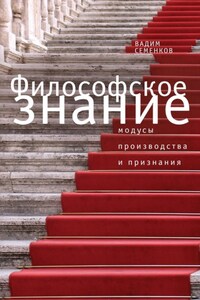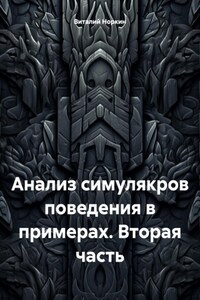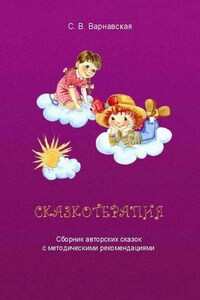Peace, peace! he is not dead, he doth not sleep –
He hath awakened from the dream of life – ’Tis we, who lost in stormy visions, keep With phantoms an unprofitable strife, And in mad trance, strike with our spirit’s knife Invulnerable nothings. – We decay Like corpses in a charnel; fear and grief Convulse us and consume us day by day, And cold hopes swarm like worms within our living clay.
He hath outsoared the shadow of our night;
Envy and calumny and hate and pain, And that unrest which men miscall delight, Can touch him not and torture not again; From the contagion of the world’s slow stain He is secure …
He lives, he wakes – ’tis Death is dead, not he;
Mourn not for Adonais.
— Percy Bysshe Shelley: Adonais
TWO things are certain. The first is that I have not communicated the full subtlety and power of the Buddhist teachings. That can only be done by people who have made them real in their own experience – people that Buddhism calls ‘enlightened’ – and although some of the Buddhist schools, especially Zen, confuse the beginner by insisting that we are all enlightened already, I am far from having authenticated this optimistic proposal for myself. Nevertheless there is a place for the middleman, for, as undergraduates quickly find out, graduate students often make better teachers than do Nobel Laureates.
The second sure thing is that reading this book won’t do the job for you. For that you have to set out on the journey yourself: you can’t get there by sitting by the fire reading the brochures. All a book can do, this or any, is give you a sense of what the ‘Inward Bound’ course of Buddhism involves, where it is heading, and why it appeals to so many people.
One of the things that has made my own progress slow, and which the texts often warn against, is that I have spent a lot of time shopping around, trying out different kinds of spiritual pursuits, not all of them Buddhist. A certain amount of this is healthy; it enables you to search out a tradition and a teacher with a style that feels right for you. But too much and it begins to look like a lack of commitment. I have been, as one of my teachers described me, a bit of a spiritual autograph hound. But I hope that all this eclecticism may, as a consolation prize, have enabled me to write to my title, and to try to escape from the trappings of any particular Buddhist school and return to the essence, to the heart.
The teachers in my autograph book are both traditional and ‘non-aligned’ as we might say. The traditionalists include the Soto Zen Master Asahina Sogen, whom I met in Tokyo; Japanese Zen Master Maezumi Roshi and his ‘dharma heir’ Genpo Sensei, with both of whom I have taken courses in England; Myokyo-ni (Dr Irmgard Schloegl) of the Buddhist Society in London, and Daishin Morgan, Abbot of Throssel Hole Priory in Northumberland; Seung Sahn Sunim, a Korean Zen Master who ran a retreat in London several years ago, and mainly teaches in Connecticut. From the Tibetan tradition, I have received teachings from the dzogchen master Namkai Norbu, from the Venerable Geshe Ngawang Dhargyey, for many years principal teacher at the Tibetan Library in Dharamsala; and have attended several retreats run by the Venerable Lama Sogyal Rinpoche. And I have enjoyed many conversations with Stephen Batchelor, Buddhist scholar and a Tibetan monk for eight years (as well a Korean Zen monk for four) – who also very kindly commented with great care on a draft of this book. From the Theravadin tradition I have learnt from talks by Ajahn Sumedho in London and retreats with Ajahn Kittisaro, Christopher Titmuss, Henrietta Rogell, Joseph Goldstein and Sharon Salzberg in Devon, all trained by venerable Thai and Burmese Buddhist teachers; and from longer retreats, one accompanied by a six-day cyclone, with Michelle MacDonald and Stephen Smith in New Zealand.
